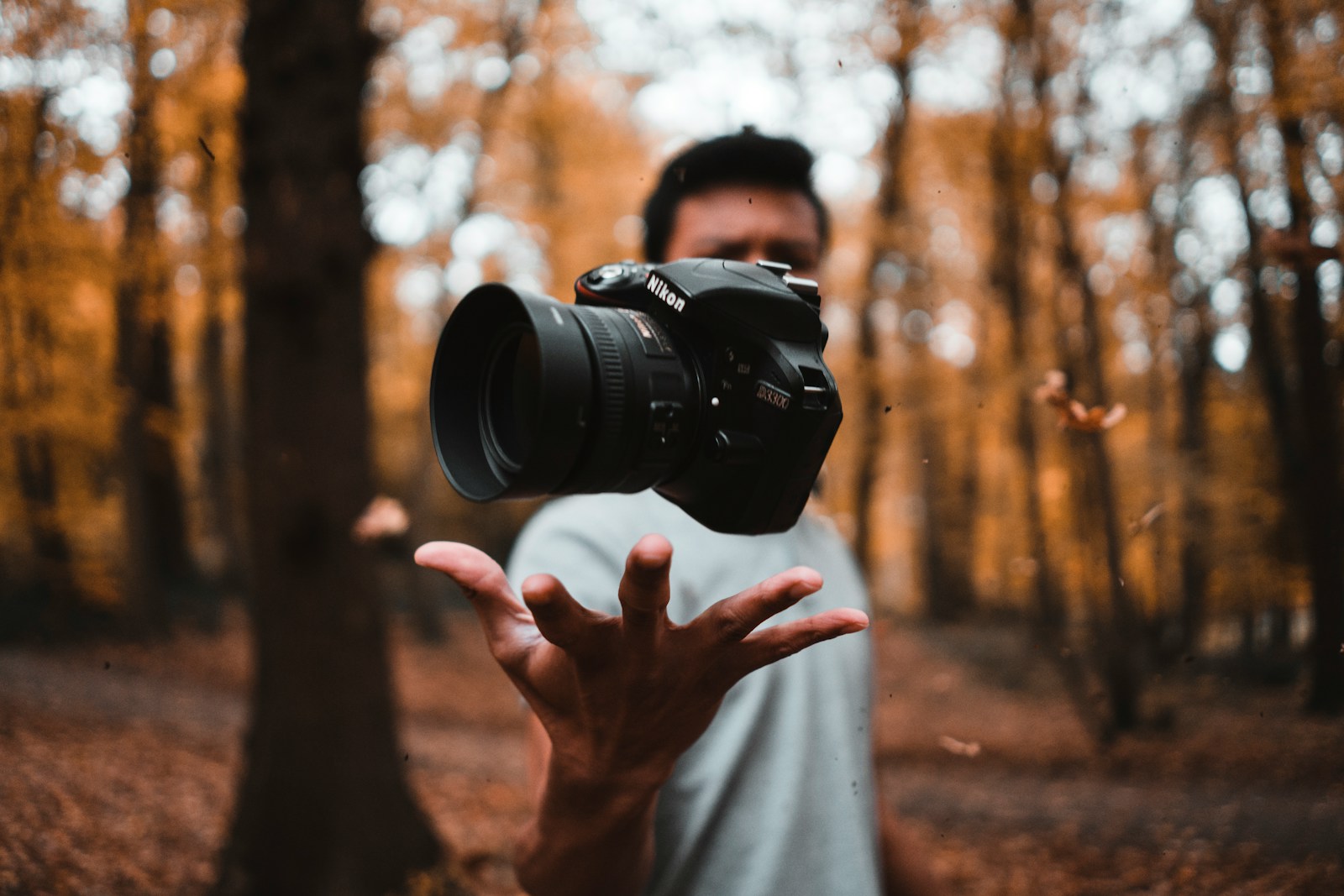The allure of outdoor activities beckons many of us, promising fresh air, adventure, and a break from our digital lives. Whether you’re drawn to hiking through forest trails, paddling across serene lakes, or scaling rocky faces, outdoor hobbies offer unparalleled opportunities for physical fitness and mental rejuvenation. However, the initial investment in gear and equipment often presents a significant barrier to entry. Many potential outdoor enthusiasts find themselves hesitating at the price tags attached to specialized equipment. The good news is that embracing nature doesn’t have to empty your wallet. With some strategic planning and resourcefulness, you can launch your outdoor passion without breaking the bank. These thirteen budget-friendly tips will help you navigate the early stages of your outdoor journey while keeping costs manageable.
Start with Borrowed Equipment
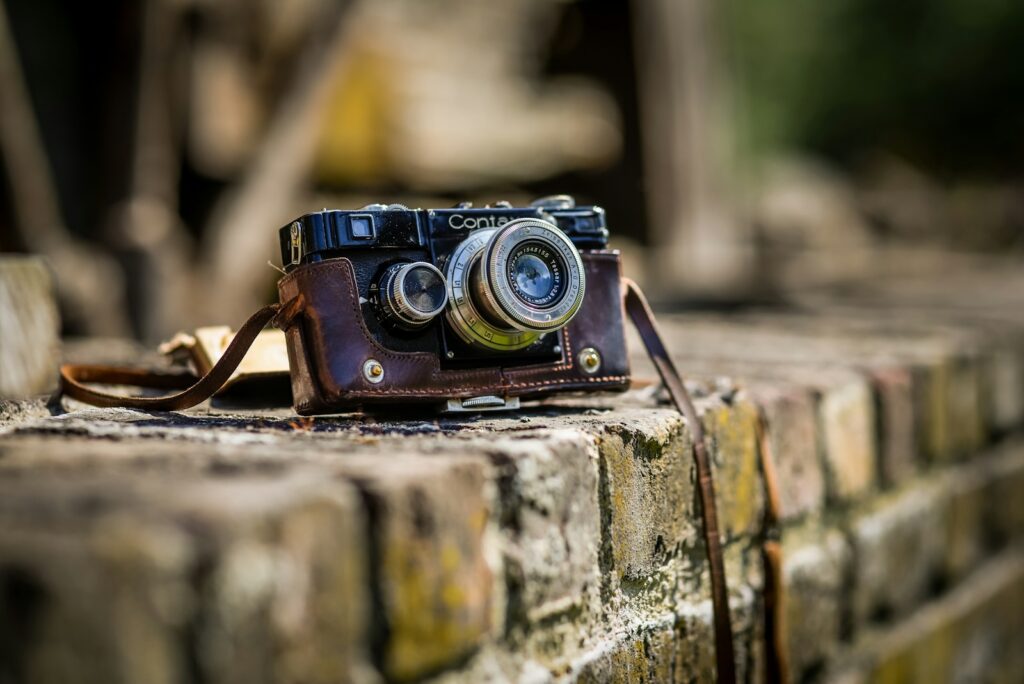
Before investing in expensive gear, leverage your social connections to test the waters. Friends, family members, or colleagues who already participate in your chosen activity might be willing to lend you equipment for your initial outings. This approach allows you to experience the activity firsthand without any financial commitment. Beyond the obvious cost savings, borrowing gear gives you the opportunity to try different brands and models, helping you make more informed decisions when you eventually purchase your own.
Additionally, experienced friends might accompany you on outings, providing valuable guidance and safety tips that would otherwise cost money in formal lessons. Just remember to treat borrowed equipment with respect and return it in the same condition you received it to maintain these beneficial relationships.
Explore Rental Options

Many outdoor recreation centers, state parks, and specialty shops offer affordable rental programs for everything from kayaks to camping gear. Renting provides an excellent middle ground between borrowing and buying, especially for equipment that’s expensive or bulky to store. The rental fee typically includes properly maintained, up-to-date equipment that meets safety standards, giving you peace of mind during your adventure.
This approach allows you to experiment with different types of gear before committing to a purchase, helping you identify exactly what features matter most to you. As an added benefit, rental staff often provide basic instructions on proper use and care of the equipment, giving beginners valuable knowledge without paying for formal lessons.
Shop Second-hand Markets

The used gear market offers treasure troves of quality equipment at fraction-of-retail prices. Platforms like Facebook Marketplace, Craigslist, eBay, and specialized outdoor gear exchanges like Gear Trade or REI’s Used Gear section feature pre-owned items that often have plenty of life left in them. Many outdoor enthusiasts upgrade their gear regularly, selling perfectly functional previous-generation equipment at steep discounts.
When shopping second-hand, focus on durable items that don’t degrade quickly—think metal carabiners, backpacks, or sleeping pads rather than safety equipment with limited lifespans. Before finalizing any purchase, carefully inspect items for structural integrity and functionality, particularly for gear where failure could pose safety risks. With patience and diligent searching, you can often find high-quality gear at 50-70% off retail prices.
Target Seasonal Sales and Clearance Events

The outdoor retail industry operates on predictable seasonal cycles, creating opportunities for savvy shoppers to score significant discounts. Winter gear typically goes on clearance in February and March, while summer equipment sees price cuts in August and September as retailers make room for new inventory. Beyond these seasonal transitions, major sales events like Black Friday, Cyber Monday, and Memorial Day consistently feature outdoor gear at reduced prices.
Creating a wishlist of needed equipment and tracking prices throughout the year helps you recognize a truly good deal when it appears. Many outdoor retailers also offer annual or semi-annual garage sales where returned items or slightly blemished gear sells at dramatic discounts—these events require early arrival but reward patience with exceptional savings.
Prioritize Versatile Equipment
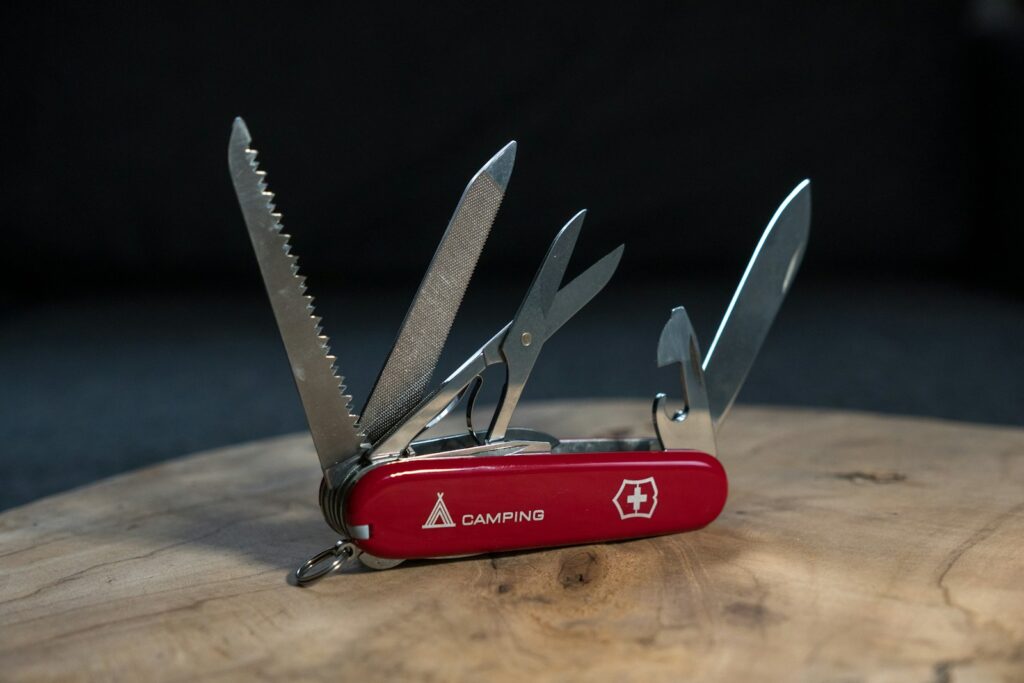
When building your outdoor gear collection on a budget, focus first on multipurpose items that serve across different activities. A quality waterproof shell jacket, for instance, functions effectively for hiking, camping, cycling, and general outdoor use in various weather conditions. Similarly, a reliable headlamp proves invaluable across multiple outdoor pursuits, from night hiking to campsite setup or emergency situations. Convertible hiking pants that zip off into shorts offer adaptability to changing temperatures without requiring separate purchases.
This strategy of prioritizing versatile gear over activity-specific equipment not only saves money but also reduces storage space requirements and simplifies packing decisions. As your experience grows and budget allows, you can gradually add specialized equipment for your most frequent activities.
Embrace Basic Models

The outdoor industry excels at marketing premium features that often represent marginal improvements over base models. When starting out, focus on entry-level equipment that meets safety standards rather than chasing the latest innovations. For instance, a basic backpack with proper support will serve a new hiker just as effectively as a model with specialized compartments and ultralight materials costing hundreds more.
Similarly, standard trekking poles provide the same stability and joint protection as carbon fiber versions at a fraction of the price. Read product reviews carefully to identify where the value curve flattens—the point where additional cost yields minimal practical benefit for beginners. This approach lets you allocate your limited budget toward comprehensive coverage of essential gear rather than overspending on premium versions of just a few items.
Join Community Groups and Clubs

Local outdoor clubs and online communities offer numerous budget advantages beyond the social benefits. Many established clubs maintain gear libraries where members can borrow equipment for free or minimal fees, significantly reducing initial investment costs. Club memberships often include group discounts at local outdoor retailers, sometimes reaching 15-20% off regular prices. Beyond equipment savings, these organizations frequently organize group outings where transportation costs are shared, reducing the per-person expense of reaching remote trailheads or climbing areas.
Perhaps most valuable for beginners, clubs provide access to experienced mentors willing to share knowledge that would otherwise require paid instruction or costly trial-and-error learning. Websites like Meetup.com and social media platforms make finding these groups easier than ever, regardless of your location.
Start with Free or Low-Cost Activities

Not all outdoor pursuits require substantial gear investments to begin enjoying their benefits. Hiking on established trails typically requires little more than comfortable shoes, water, and weather-appropriate clothing you likely already own. Similarly, bird watching can begin with nothing more than a field guide borrowed from the library and perhaps a basic pair of binoculars.
Local parks often maintain disc golf courses that can be enjoyed with a starter set costing under $30, while geocaching requires only a smartphone you already carry. These gateway activities not only provide immediate outdoor enjoyment but also help you develop fundamental outdoor skills like navigation, weather assessment, and proper preparation. As your commitment to outdoor recreation grows, you can gradually expand into equipment-intensive activities while already enjoying the benefits of time spent in nature.
Utilize Public Resources

Government agencies and non-profits maintain extensive resources that significantly reduce the cost of outdoor recreation. State and national parks frequently offer free ranger-led programs covering topics from wildlife identification to basic navigation skills that would otherwise require paid instruction. Public libraries increasingly maintain “libraries of things” where patrons can borrow outdoor equipment like binoculars, fishing gear, or even camping equipment using their library cards. Many conservation organizations host volunteer opportunities that include training in outdoor skills while contributing to environmental stewardship.
Additionally, government websites provide free access to detailed topographic maps and trail information that rivals expensive guidebooks or subscription services. Taking advantage of these public resources not only saves money but also connects you with knowledgeable professionals passionate about helping newcomers enjoy outdoor spaces responsibly.
DIY When Practical
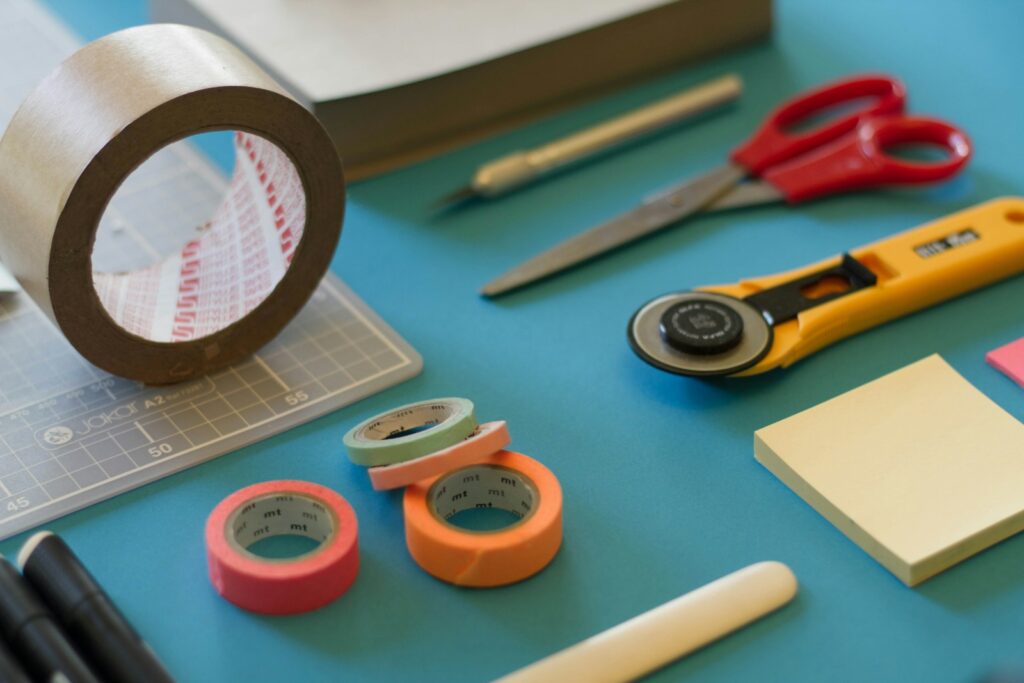
Creating or modifying your own gear provides substantial savings while developing skills that enhance your outdoor experience. Simple projects like converting an old soda bottle into a lightweight camp stove, sewing stuff sacks from scrap fabric, or assembling first aid kits from basic pharmacy supplies yield functional equipment at minimal cost. Online resources like YouTube tutorials and outdoor forums provide step-by-step guidance for projects ranging from simple to complex. Beyond the cost savings, DIY gear gives you intimate knowledge of how your equipment functions, improving your ability to repair or adapt it in the field.
While some safety-critical items like climbing harnesses or helmets should always be purchased from reputable manufacturers, many accessories and convenience items can be effectively created at home with basic tools and materials.
Take Advantage of Free Learning Resources

The proliferation of free online content has revolutionized how outdoor skills can be acquired without expensive courses or guides. YouTube channels dedicated to outdoor activities provide detailed tutorials on everything from knot tying to reading weather patterns, often created by qualified instructors or experienced enthusiasts. Manufacturer websites frequently offer comprehensive guides on proper gear use and maintenance, helping you extend the life of your equipment.
Local REI stores and similar outdoor retailers host free workshops covering basic skills for various activities, providing hands-on learning opportunities at no cost. Public libraries stock comprehensive guidebooks and instructional materials that would cost significant amounts to purchase. By intentionally developing your knowledge base through these free resources, you can avoid costly mistakes and build confidence before venturing into challenging environments.
Start Close to Home
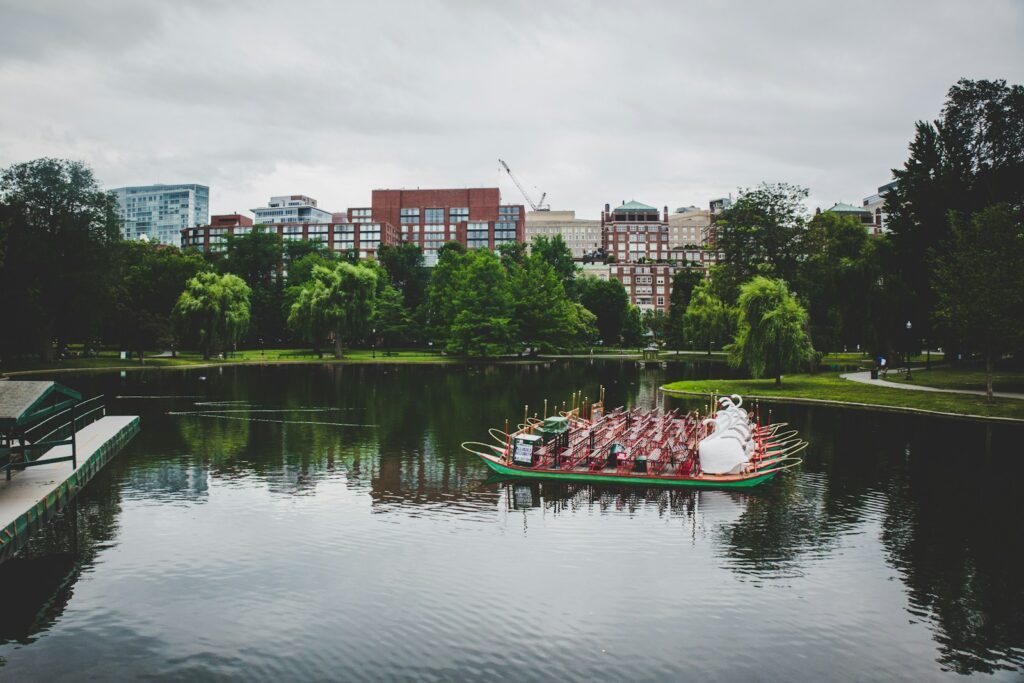
Transportation costs often represent a hidden expense in outdoor recreation budgets, particularly for activities in remote locations. Beginning your outdoor journey at nearby parks, urban trails, or local waterways eliminates these costs while you develop basic skills and test new equipment. Many cities maintain surprisingly robust networks of hiking trails, climbing areas, or paddling routes accessible by public transportation or short drives. These convenient locations allow for frequent, low-commitment outings that build experience without the expense of long-distance travel or overnight accommodations.
Local adventures also make it easier to return home if weather turns unfavorable or if borrowed equipment proves uncomfortable, reducing the consequences of early experimentation. As your skills and confidence grow, you can gradually expand your range to more distant destinations, having already refined your gear requirements through local experiences.
Practice Proper Maintenance

Extending the lifespan of outdoor equipment through proper care represents one of the most effective budget strategies for long-term enthusiasts. Learning basic maintenance skills like cleaning waterproof membranes, lubricating zippers, or patching small tears prevents premature replacement of otherwise functional gear. Following manufacturer cleaning instructions preserves technical fabrics’ performance characteristics, maintaining breathability and water resistance that would otherwise deteriorate rapidly. Simple habits like drying equipment completely before storage prevents mold growth and material degradation, while proper storage away from UV exposure prevents premature breakdown of synthetic materials. Many outdoor retailers offer free clinics on gear maintenance, while manufacturers provide detailed care instructions online. Investing time in these preventative practices saves substantial money over time while ensuring your equipment functions reliably when you need it most.
Embarking on outdoor adventures doesn’t require emptying your savings account. By combining these thirteen strategies—borrowing, renting, buying used, watching for sales, choosing versatile equipment, embracing basic models, joining communities, starting with accessible activities, utilizing public resources, creating DIY solutions, learning independently, staying local, and maintaining your gear—you can gradually build a capable outdoor kit while immediately enjoying nature’s benefits. Remember that the most meaningful outdoor experiences rarely correlate with the most expensive gear. Patience in acquiring equipment allows you to discover which aspects of outdoor recreation truly resonate with you before making major investments. By focusing on experiences rather than possessions, you’ll develop the skills and confidence that ultimately matter more than having the latest gear. The outdoors welcomes everyone, regardless of budget, offering its transformative power to anyone willing to step outside with an open mind and proper preparation.

